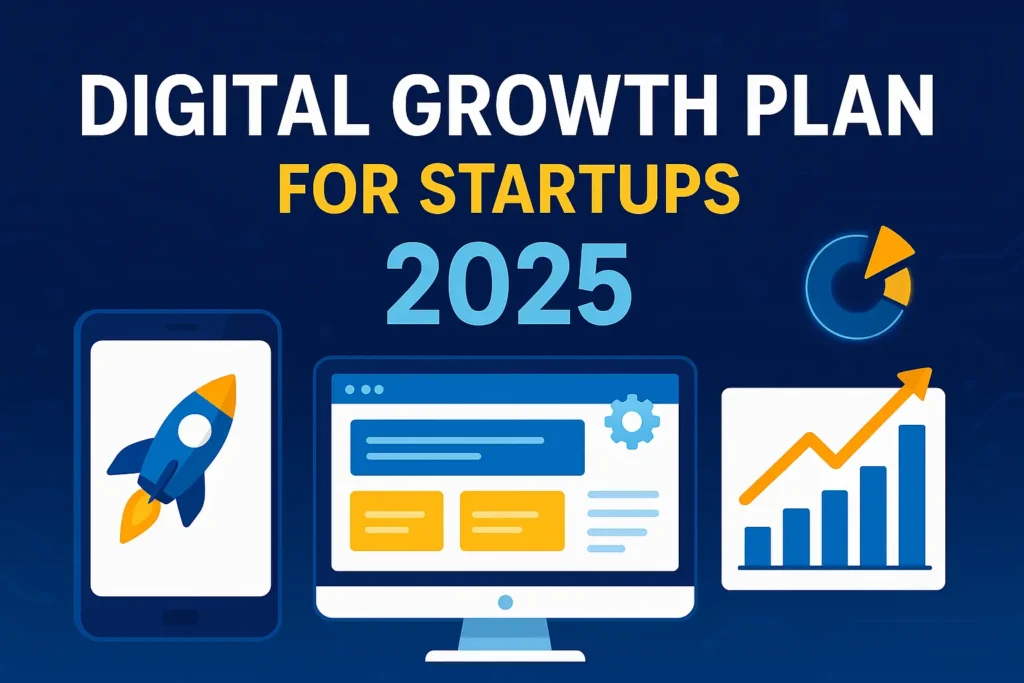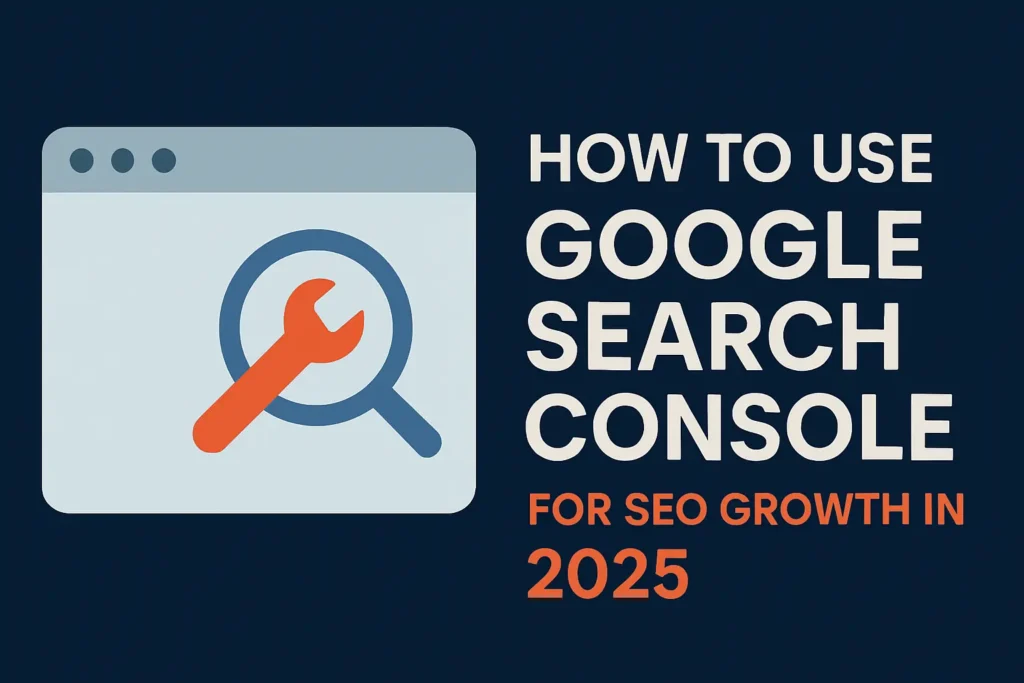seo

August 12,2025 • 15 min read
How to Use Schema Markup to Boost SEO and CTR 2025

How to Use Schema Markup to Boost SEO and CTR 2025
By Junaid Imdad, Blogger & Digital Experience Strategist
Schema Markup to Boost SEO
Schema markup to boost SEO is one of the most powerful yet underused strategies in digital marketing today. Schema markup to boost SEO is one of the most powerful yet underused strategies in digital marketing today. By adding structured data to your website, you give search engines a clearer understanding of your content—allowing them to display rich snippets, knowledge panels, and other enhanced search results that grab attention.
This not only improves your visibility but also builds trust and credibility with users. Whether you’re running a blog, e-commerce store, or local business website, implementing the right schema types can lead to higher click-through rates, better rankings, and improved performance in AI-driven search experiences. In 2025’s competitive SEO landscape, schema markup is no longer optional—it’s an essential tool for sustainable growth.
Think of it like this:
Without schema, your page is just another face in the crowd. But with schema, you’re sporting a VIP badge—making it a breeze for Google, AI bots, and voice assistants to grasp your content and showcase it front and center.
Rich results—like FAQ dropdowns, star ratings, event details, and knowledge panels—catch the eye right away. Research indicates that pages optimized with schema can see a boost in click-through rates by 25% to 87% compared to standard text listings. And it’s not just about getting noticed; it’s also about establishing trust, credibility, and being friendly to AI.
Without it? Even the best content can remain hidden in plain sight.
Chapter 1: Schema 101 — A Friendly Crash Course
At its core, schema markup is metadata you embed in your HTML (ideally using JSON-LD) to help machines interpret your content more accurately.
Instead of leaving Google guessing whether your page is a blog post, a recipe, or a product listing, you can explicitly tell it:
- “This is an Article written by [Author Name], published on [Date].”
- “This is a Product priced at $59.99 with a 4.7-star rating.”
- “This is an FAQ Page answering these specific questions.”
Schema helps bridge the gap between human language and machine understanding.
Fun fact: There are hundreds of schema types available—ranging from Article and Breadcrumb to Product, FAQPage, HowTo, Event, Recipe, LocalBusiness, and more. But in 2025, a handful still dominate the SEO and AI visibility game.
Chapter 2: Schema Types That Still Deliver Big in 2025
While schema.org continues to evolve, these formats consistently bring the biggest returns:
1. Article
If you're looking to enhance your blog posts, news articles, or in-depth guides, the Article schema is a fantastic tool to consider. It's one of the most popular and adaptable types of structured data out there today. Essentially, it helps search engines understand exactly what type of content they're dealing with, which makes it easier for them to showcase that content in more visually appealing ways in search results.
When you implement Article schema correctly, you can include important details like the headline, author name, publication date, last modified date, and even relevant images. These aren’t just technical details—they're crucial for establishing credibility and trust with your audience. When readers see your article title alongside a clearly displayed author name, a professional profile picture, and a visible publication date in Google’s search results, it sends powerful signals of trust.
From the perspective of search engines, this level of transparency boosts AI credibility as well. Systems like Google’s Search Generative Experience (SGE), Bing’s AI, and even voice assistants are keen to know that your content is fresh, accurate, and linked to a real person or a reputable organization. Article schema helps them confirm this information in a flash.
In a nutshell, Article schema isn’t just about improving your SEO—it’s about building a transparent, machine-readable reputation for your content. This, in turn, leads to better visibility, more clicks, and greater trust from your readers.
Pro Tip: Add image and publisher fields to increase eligibility for Google Discover.
2. FAQPage
FAQ schema is still a powerhouse for SEO in 2025, even with Google tweaking how often FAQ-rich results pop up in search listings. While you might not see them dominating the SERPs like before, they still pack a punch—especially when you consider the shift towards voice assistants, AI summaries, and conversational search experiences.
One big reason FAQ markup is still going strong is that it fits perfectly into AI-driven environments. With its straightforward question-and-answer layout, FAQ schema is practically tailor-made for systems like Google Assistant, Siri, Alexa, and ChatGPT to pull information from. This makes it super handy for snagging featured voice answers and getting included in AI-generated overviews.
For instance, if you’re running an online skincare shop and your FAQ section has questions like “What’s the best moisturizer for oily skin?” or “How often should I exfoliate?” When you use FAQ schema to mark this up, your content becomes easily accessible to AI systems, which can then reference your brand when answering voice queries or summarizing info in generative AI search results.
Pro Tip: Target FAQs that answer user intent directly, rather than generic questions.
3. BreadcrumbList
Breadcrumb schema might not be the flashiest SEO tool out there—often overshadowed by trends like AI optimization or viral content—but in 2025, it remains a crucial element for boosting your search visibility and enhancing user experience.
At its essence, breadcrumb markup enhances navigation and clarity for everyone involved, including both users and search engines. In search engine results pages (SERPs), it transforms long, convoluted URLs into a neat, hierarchical path like Home › Electronics › Mobile Phones › Samsung. This makes it much easier for potential visitors to grasp where they’ll land on your site, which can subtly boost your click-through rate since searchers can quickly see they’re heading to a relevant page.
From Google’s standpoint, breadcrumb schema acts like a roadmap for your website’s layout. It guides crawlers through the relationships between different sections, helping them pinpoint the most important categories, subcategories, and content clusters. This is especially vital for larger websites—think e-commerce stores, news sites, or multi-category blogs. Without breadcrumbs, Google might have to make educated guesses about your site’s hierarchy, which could lead to indexing hiccups or less-than-ideal internal linking in search results.
4. Product & Review
Product & Review schema is an essential tool for any e-commerce store in 2025. Whether you're selling physical products, digital downloads, or even services that come with customer feedback, this markup can be what sets you apart from the competition in search results.
When done right, Product schema lets you showcase important details—like price, availability, and special offers—right in the search engine results pages (SERPs). Just picture a potential customer looking for a wireless charger and spotting your listing with all the key info they need!
- Price: Clearly shown so shoppers know immediately if it fits their budget.
- Stock Status: “In Stock” or “Only 3 Left” can create urgency and drive faster clicks.
- Ratings & Review Count: Those golden stars are trust signals—they instantly make your result feel more credible than competitors without them.
From a conversion perspective, these enhanced snippets work like micro-ads for your product pages. Instead of relying solely on your meta title and description, you’re giving searchers visual proof of quality before they even visit your site. And that’s a big deal—Google’s own research shows listings with ratings can see up to a 35% increase in click-through rates compared to plain-text results.
Pro Tip: Pair with Offer and AggregateRating schema for richer displays.
5. LocalBusiness & Organization
The LocalBusiness & Organization schema is like your brand's digital ID card in 2025. If you want to appear in Google’s knowledge panels, local map packs, or those handy AI-driven “near me” results, this markup is essential—it’s not just a nice addition; it’s crucial.
At its heart, this schema type communicates to Google (and other AI systems) exactly who you are, where you’re located, and how customers can get in touch with you. By clearly outlining your NAP—Name, Address, and Phone number—in structured data, you provide search engines with a single, reliable source of truth about your business. This consistency sends a strong trust signal, not only to algorithms but also to users who are looking for quick and dependable information.
But it doesn’t stop at the basics. With LocalBusiness & Organization schema, you can layer in additional attributes that elevate your visibility and credibility:
- Opening hours (so users know when to visit)
- Business category and services (helping Google match you to relevant local searches)
- Logo and images (great for branding in knowledge panels)
- Geo-coordinates (so map systems can pinpoint your exact location)
- SameAs links (linking to your verified social media profiles and directories)

6. Speakable
Speakable schema is one of the most exciting—and often overlooked—types of structured data in 2025. It’s specifically crafted for optimizing voice search, allowing you to pinpoint the exact parts of your content that are perfect for voice assistants like Google Assistant, Alexa, and Siri to read out loud.
As voice interactions become a key way people search, Speakable schema serves as a direct connection between your website and AI-driven devices. It essentially tells these assistants, “Here’s the most straightforward, accurate, and easy-to-understand answer to this user’s question.” This means your content stands a better chance of being chosen for voice results, answer boxes, and even AI-generated summaries.
Chapter 3: How Schema Boosts SEO & AI Visibility
3.1 Rich Snippets & Enhanced CTR
Listings with schema often show star ratings, event details, or drop-down FAQs—making them visually appealing. According to studies, such rich snippets can improve CTR by up to 58%.
3.2 Precision in Search Results
Schema reduces confusion. Without it, “Apple” could mean the fruit or the tech company. With schema, Google knows exactly which one you’re talking about.
3.3 Voice & AI Search Compatibility
With the rise of voice assistants, schema ensures your content can be read and understood in natural language—boosting your chances of appearing in voice search results.
3.4 Topical & Entity Authority
Advanced schema can help build a mini knowledge graph for your site, connecting your brand to relevant entities and topics. This strengthens your topical authority in the eyes of both Google and AI systems.
Chapter 4: Best Practices for Schema in 2025
4.1 Match Schema to Content
Only use schema types that accurately describe your content. Over-marking irrelevant data can harm trust and even lead to manual penalties.
4.2 Use JSON-LD Format
Google recommends JSON-LD for cleaner, easier-to-maintain markup. It’s also less likely to break your site layout compared to inline microdata.
4.3 Validate Before Publishing
Use Google’s Rich Results Test and monitor GSC’s “Enhancements” tab to ensure no errors.
4.4 Avoid Deprecated Schemas
Google retired several schema types in mid-2025. Stay updated to avoid using outdated formats that provide no SEO benefit.
4.5 Maintain a Schema Audit Schedule
Schema isn’t “set it and forget it.” Review regularly using tools like Screaming Frog, Schema App, or Mermaid.js visual checks to catch issues early.
4.6 Experiment with Nested Schema
Layer related schemas together. For example, a Product can include Review, Offer, and Brand schema for maximum detail and SERP appeal.
Chapter 5: Schema & AI — The 2025 Connection
SEO in 2025 isn’t just about ranking for keywords—it’s about being cited by AI-powered search systems and voice assistants.
Without schema, your content may be overlooked in AI Overviews, even if it answers the question perfectly. Schema gives your content machine-readable context, making it more likely to be pulled into:
- Chatbot answers
- AI-powered SERP features
- Voice search responses
- Google’s AI-generated “Overview” boxes
Think of schema as your AI insurance policy—future-proofing your content for where search is headed.

Chapter 6: Your Schema Action Plan for 2025
If you want schema markup to actually move the needle for SEO and AI visibility, you need a clear, repeatable process. Here’s a detailed roadmap to help you implement and maintain it effectively:
1. Audit Your Site’s Content Types
Start by listing all the different types of content your site publishes—such as Articles, Products, FAQs, How-To Guides, Events, Recipes, Local Business pages, and more.
- This inventory gives you a clear picture of where schema can be applied for maximum impact.
- For e-commerce sites, focus on Product, Offer, Review, and Breadcrumb schema.
- For publishers and bloggers, prioritize Article, FAQPage, and BreadcrumbList.
2. Map Each Content Type to Relevant Schema.org Types
Once you know what content you have, match it to the most appropriate schema type from schema.org.
- Example: Blog posts →
Articleschema. - Example: FAQ page →
FAQPageschema. - Example: Local business page →
LocalBusinessschema.
Choosing the right type ensures search engines can classify and display your content in rich results.
3. Implement JSON-LD Markup for Clarity & Machine-Readability
Google and other major search engines recommend JSON-LD as the preferred format for schema markup.
- Embed it in the
<head>or at the end of the<body>section. - Keep it clean, accurate, and reflective of the on-page content.
- Avoid adding schema for things that don’t exist on the page—this can trigger penalties.
4. Validate Your Schema Regularly
Even a small syntax error can break your schema. Use Google’s Rich Results Test or Schema.org Validator to confirm everything is implemented correctly.
- Run validation whenever you add, edit, or delete schema.
- Save validation reports for internal tracking.
5. Monitor in Google Search Console (GSC)
Once your schema is live, head to the “Enhancements” section of GSC.
- Track impressions, CTR, and how often your content appears as a rich result.
- Watch for “Warnings” and “Errors” and fix them quickly.
- Compare CTR for schema-enhanced pages vs. non-schema pages.

6. Iterate, Maintain, and Improve
Schema isn’t a “set it and forget it” tactic—Google frequently updates which schema types it supports.
- Remove deprecated or outdated schema types.
- Update markup when content changes (e.g., price, stock, or event dates).
- Test new schema formats—like Speakable, HowTo, or VideoObject—for emerging opportunities.
Pro Tip: Create a Schema Governance Checklist so your team follows a consistent process for every new page you publish.
By following this cycle—Audit → Map → Implement → Validate → Monitor → Iterate—you’ll keep your structured data clean, compliant, and competitive in both search results and AI-driven summaries.
Conclusion: The Future Is Structured
In today’s rapidly evolving world of AI-powered search, schema markup has transitioned from being a “nice-to-have” to an essential building block of modern SEO. Search algorithms have evolved beyond merely matching keywords; they now focus on understanding intent, context, and the relationships between different entities. Schema markup plays a crucial role in helping them achieve this with accuracy.
If you want your content to be easily found, clicked on, and trusted in 2025, incorporating structured data into your core SEO strategy is a must—it can’t be an afterthought. Without it, you risk fading into the background in a search environment that’s increasingly dominated by AI-generated summaries, voice search results, and visually engaging SERP features.
Think of it this way:
- Keywords get you in the door: they help you appear in search results.
- Backlinks build your authority: they signal to search engines that you’re a trusted source.
- Schema markup gets you into the VIP room: it’s the extra step that tells AI and search engines, “I’m not just relevant, I’m exactly what you’re looking for.”
Structured data is your direct line to Google, Bing, and AI-powered assistants. It removes ambiguity, ensures your brand is understood, and increases your chances of earning rich results, voice answers, and even knowledge panel placements.
But the job doesn’t stop at adding schema once and forgetting about it. You need to:
- Invest in the right types of schema for your industry.
- Maintain it by updating outdated properties and testing for errors.
- Expand your usage as new schema types emerge—especially those aligned with voice search, video content, and AI experiences.

Do it well, and you’ll see your visibility soar, your CTR climb, and your brand presence solidify in a way that’s resilient to algorithm changes. In the new era of search, schema markup isn’t just technical SEO—it’s strategic storytelling for machines.
By Junaid Imdad, Blogger & Digital Experience Strategist
Dev IT City LTD. Details
User Profile
- Full name
- Dev IT City LTD.
- Email address
- info@devitcity.com
- Join Date
- 2024-07-28
- State
- City
- Pincode
- Address
- Follow us on Facebook
- Follow us on Twitter
- Website Name
- https://devitcity.com/
- Bio
- Established in 2022, Dev IT City Ltd. offers a comprehensive suite of digital solutions for businesses. We specialize in software development for mobile and web, along with various marketing services, including SEO, social media marketing, and graphic design. With a proven track record of success in the UAE, Malaysia, UK, USA, Philippines, Pakistan, India, Europe and other countries, Dev IT City Ltd. is your trusted partner for achieving digital success. We bridge the gap between marketing strategy and software development. Our team of passionate marketers and skilled developers work together to craft impactful digital experiences that drive results. We don't just talk success, we build it. Join us on this journey as we shape tomorrow's digital experiences, one breakthrough at a time.